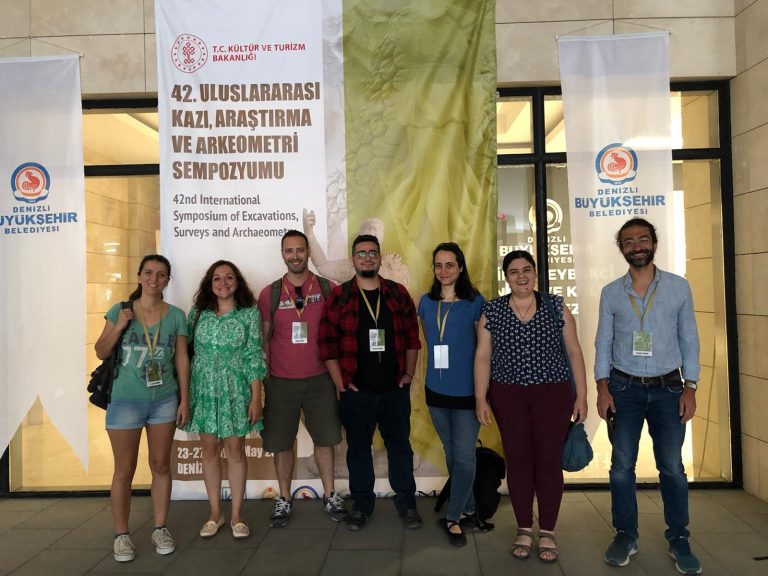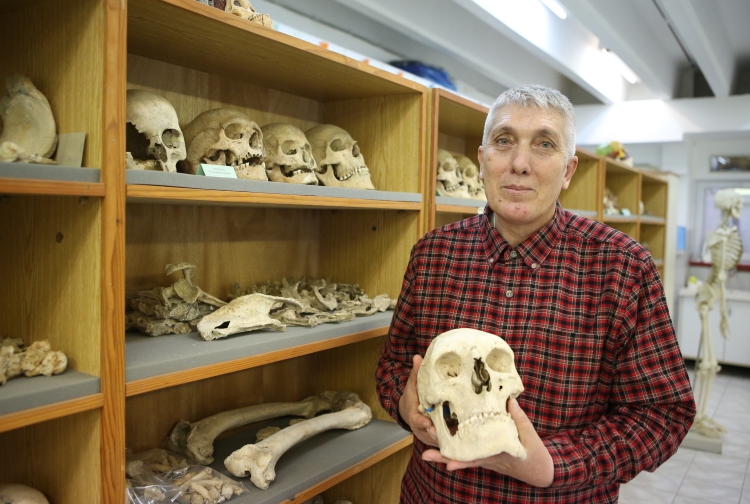Below you may find the abstract of our latest paper was published in Current Biology:
The history of human inbreeding is controversial. In particular, how the development of sedentary and/or agricultural societies may have influenced overall inbreeding levels, relative to those of hunter-gatherer communities, is unclear. Here, we present an approach for reliable estimation of runs of homozygosity (ROHs) in genomes with ≥3× mean sequence coverage across >1 million SNPs and apply this to 411 ancient Eurasian genomes from the last 15,000 years. We show that the frequency of inbreeding, as measured by ROHs, has decreased over time. The strongest effect is associated with the Neolithic transition, but the trend has since continued, indicating a population size effect on inbreeding prevalence. We further show that most inbreeding in our historical sample can be attributed to small population size instead of consanguinity. Cases of high consanguinity were rare and only observed among members of farming societies in our sample. Despite the lack of evidence for common consanguinity in our ancient sample, consanguineous traditions are today prevalent in various modern-day Eurasian societies, suggesting that such practices may have become widespread within the last few millennia.




